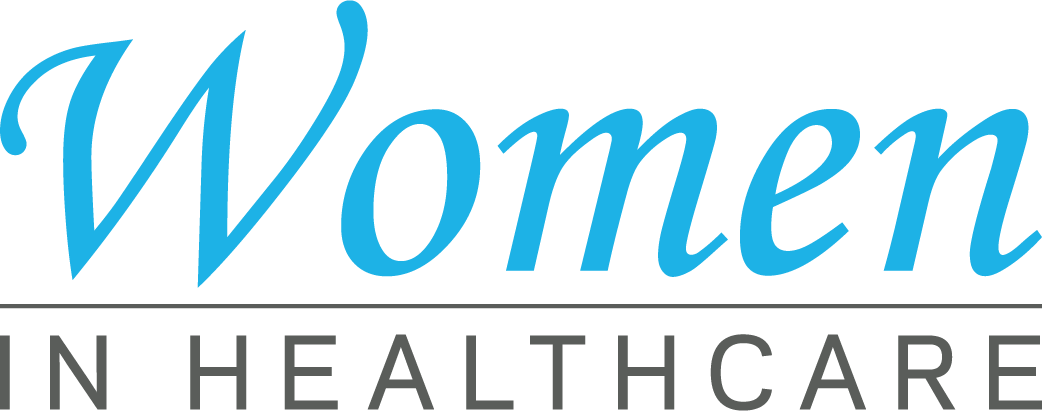How Healthcare RCM Solutions Streamline Invoicing and Collections
A Comprehensive Guide on Just How Medical Care RCM Functions to Improve Payment and Collections
Navigating the complexities of healthcare income cycle monitoring (RCM) is important for carriers aiming to improve their billing and collections procedures. The overview unboxes the ins and outs of RCM, from patient registration to accounts receivable administration, supplying insights right into optimizing each step. Integrating innovative modern technology and standard treatments can dramatically decrease claim denials and accelerate repayment cycles. Yet, truth obstacle hinges on seamlessly combining these aspects to boost capital. As we check out the core elements and methods that drive effectiveness, one inquiry continues to be: just how can healthcare entities ideal setting themselves to thrive financially in an ever-evolving industry?
Understanding Earnings Cycle Management
Comprehending the ins and outs of Income Cycle Management (RCM) is necessary for medical care companies aiming to maximize their monetary efficiency. RCM is an essential management function that includes the entire monetary procedure of person treatment, from the first appointment readying to the final settlement of the balance. It is an intricate treatment created to determine, collect, and take care of the profits from the services offered to people. Efficient RCM makes sure that healthcare suppliers obtain timely and accurate payments, minimizing the danger of profits loss and enhancing capital.
The RCM procedure begins when a client schedules a consultation and extends through the patient's care journey, consisting of payment and collections. A vital purpose is to lower the time in between receiving and offering a service payment, hence enhancing the company's monetary wellness. RCM includes different functions such as person enrollment, insurance verification, charge capture, coding, asserts submission, payment posting, and handling rejections and charms.
Key Components of RCM
In the world of Profits Cycle Management (RCM), comprehending its essential parts is basic to accomplishing financial efficiency within healthcare companies. RCM is an extensive procedure that incorporates numerous stages, each crucial to making sure effective billing and collections. The key elements include person enrollment, insurance coverage confirmation, charge capture, coding, case submission, settlement posting, and receivable management.


As soon as coded, insurance claims are sent to payers, where accuracy is critical to prevent hold-ups or denials - Healthcare RCM. Payment publishing includes taping the obtained settlements, which permits the settlement of accounts. Lastly, receivables monitoring concentrates on monitoring and resolving overdue insurance claims, making sure timely follow-up and resolution
Each component of RCM is adjoined, and inadequacies in any type of part can interrupt the entire cycle. For that reason, mastering these elements is vital for medical care companies to optimize income and enhance their economic health and wellness.
Approaches for Efficient Payment

Standardizing billing procedures throughout the organization is an additional essential approach. Developing clear standards for documents, coding, and submission helps maintain consistency and compliance with regulative needs. Educating team regularly on these treatments ensures every person is up-to-date with the newest changes in payment codes and payer policies.
Exact cost capture is crucial in stopping profits leakage. Applying regular audits and monitoring systems allows for the recognition and improvement of disparities prior to they affect earnings. In addition, preserving open lines of communication with payers assists to promptly solve any kind of conflicts or misunderstandings that may occur.

Finally, appealing clients early in the billing procedure by supplying clear quotes and academic materials about their monetary obligations can considerably lower confusion and boost settlement timeliness. These approaches collectively add to a more economically healthy and reliable invoicing system.
Enhancing Collections Procedures
Given the intricacies of medical payment and the range of payer needs, enhancing the collections procedure entails carrying out calculated procedures that make sure exact and timely settlement of solutions rendered. Automation devices can assist in tracking insurance claim conditions, sending prompt tips to individuals, and handling rejections much more properly.
Clear and transparent person communications are vital. Providing in-depth descriptions of costs and supplying flexible repayment plans can enhance client complete satisfaction and timely repayments.
Routine audits of the collections process must be carried out to determine areas for enhancement and make certain compliance with policies. By examining information, healthcare companies can recognize fads, prepare for potential issues, and adapt strategies appropriately (Healthcare RCM). Eventually, a well-enhanced collections process not only sustains financial wellness yet additionally adds to an extra smooth experience for individuals and team alike
Optimizing Profits Streams
Structure upon the foundation of a solid collections process, medical care organizations can additionally strengthen their monetary security by tactically enhancing income streams. This includes a check this multi-faceted approach, starting with a thorough evaluation of existing income resources to determine inadequacies and locations for growth. Employing innovative information analytics tools enables organizations to gain understandings into payer mix, patient demographics, and service usage patterns, permitting data-driven choices that enhance income capture.
Implementing automated payment systems can considerably lower errors and quicken insurance claims refining, guaranteeing that profits is gathered a lot more effectively. Moreover, optimizing payer contracts with normal arrangements can improve compensation prices and terms, straight impacting the lower line. Branching out solution offerings, such as including telehealth or health care, can also draw in a more comprehensive patient base, hence raising revenue potential.
Another vital part is boosting patient involvement and fulfillment, as satisfied patients are most likely to stick to therapy strategies and make prompt settlements. Offering adaptable repayment options and transparent invoicing methods can improve collections and foster individual commitment. Healthcare RCM. By taking on these techniques, health care companies can produce a much more resistant monetary structure, making sure sustained development and security in an ever-changing sector landscape
Verdict
In verdict, health care Income Cycle Management (RCM) plays a critical duty in enhancing invoicing and collections procedures by incorporating crucial elements such as individual enrollment, insurance verification, cost capture, coding, asserts entry, and receivable management. By using sophisticated technology, standardizing treatments, and cultivating individual interaction, doctor can substantially minimize insurance claim denials, increase repayment cycles, and improve cash money flow. This thorough method to RCM eventually leads to boosted monetary efficiency and sustainability for medical care companies.
The RCM process begins when an individual routines a consultation and extends through the patient's treatment trip, including invoicing and collections.Another crucial component is improving client involvement and contentment, as completely satisfied clients are extra most likely to stick to treatment plans and make timely repayments. Using flexible repayment choices and clear billing methods can improve collections and foster person commitment.In verdict, healthcare Revenue Cycle Management (RCM) plays a critical duty in optimizing invoicing and collections procedures by integrating vital parts such as individual enrollment, insurance coverage verification, fee capture, coding, asserts entry, and accounts receivable management. By her response utilizing advanced modern technology, standardizing procedures, and fostering patient involvement, health care service providers can dramatically reduce claim rejections, speed up settlement cycles, and improve cash money circulation.